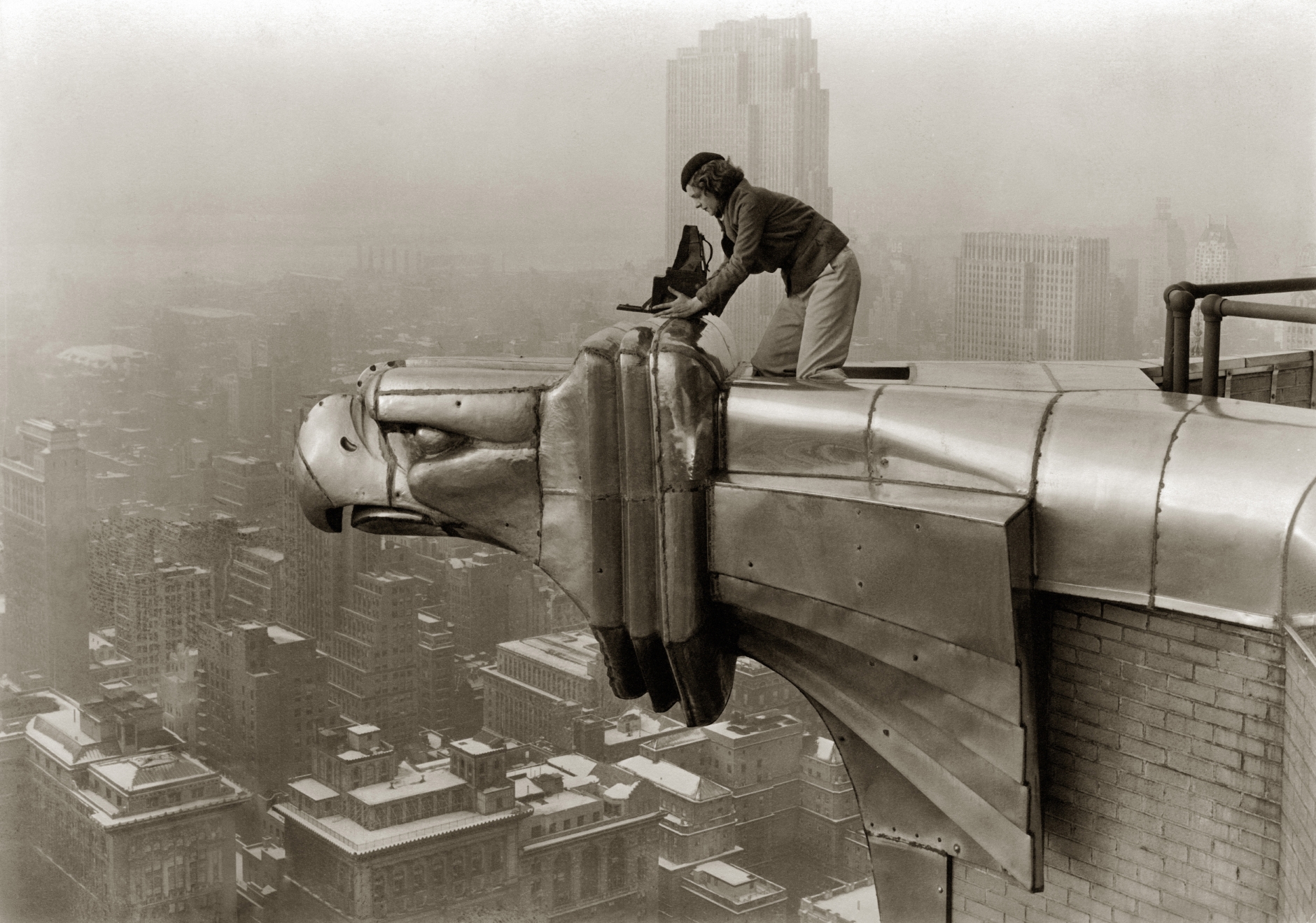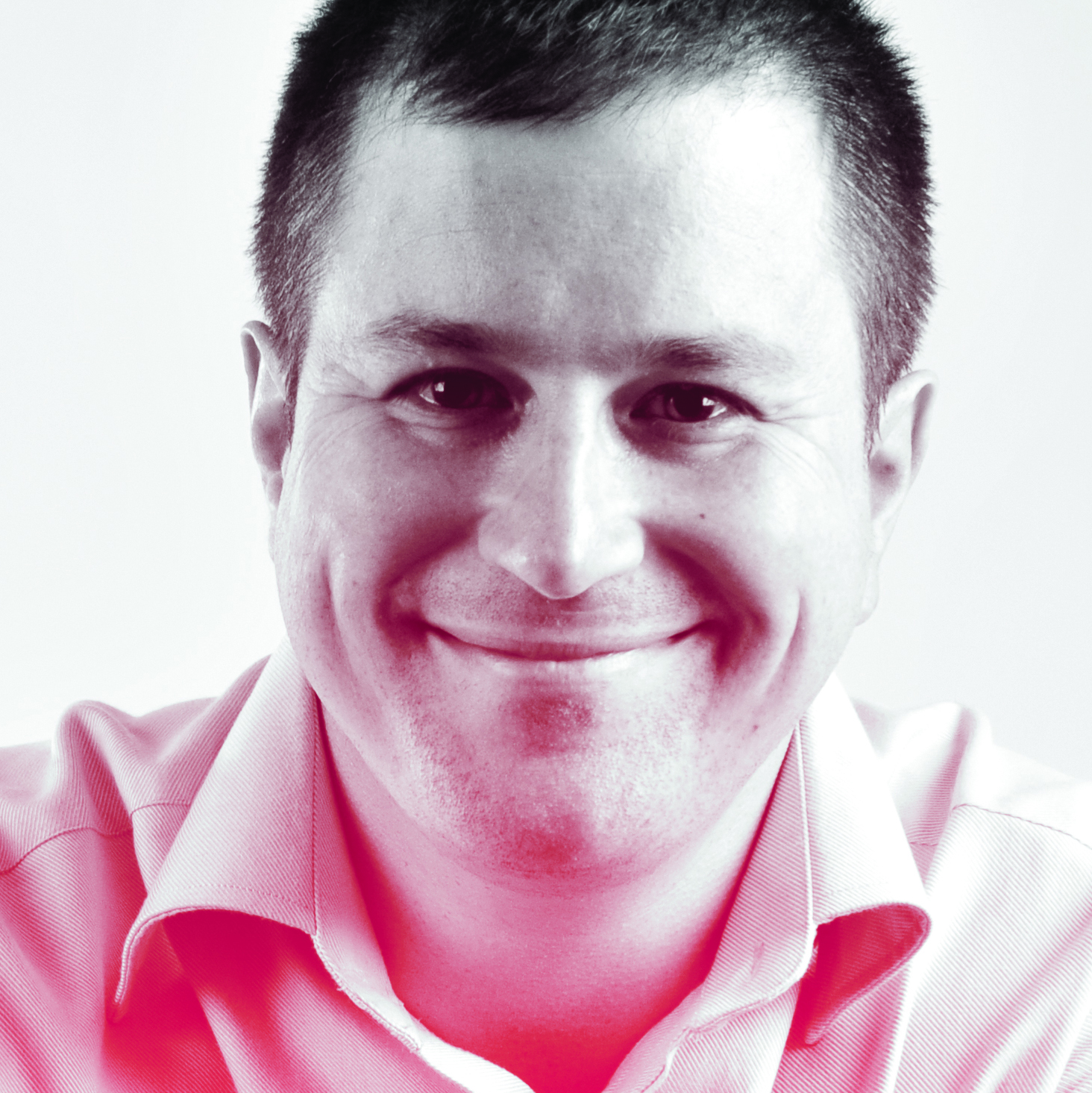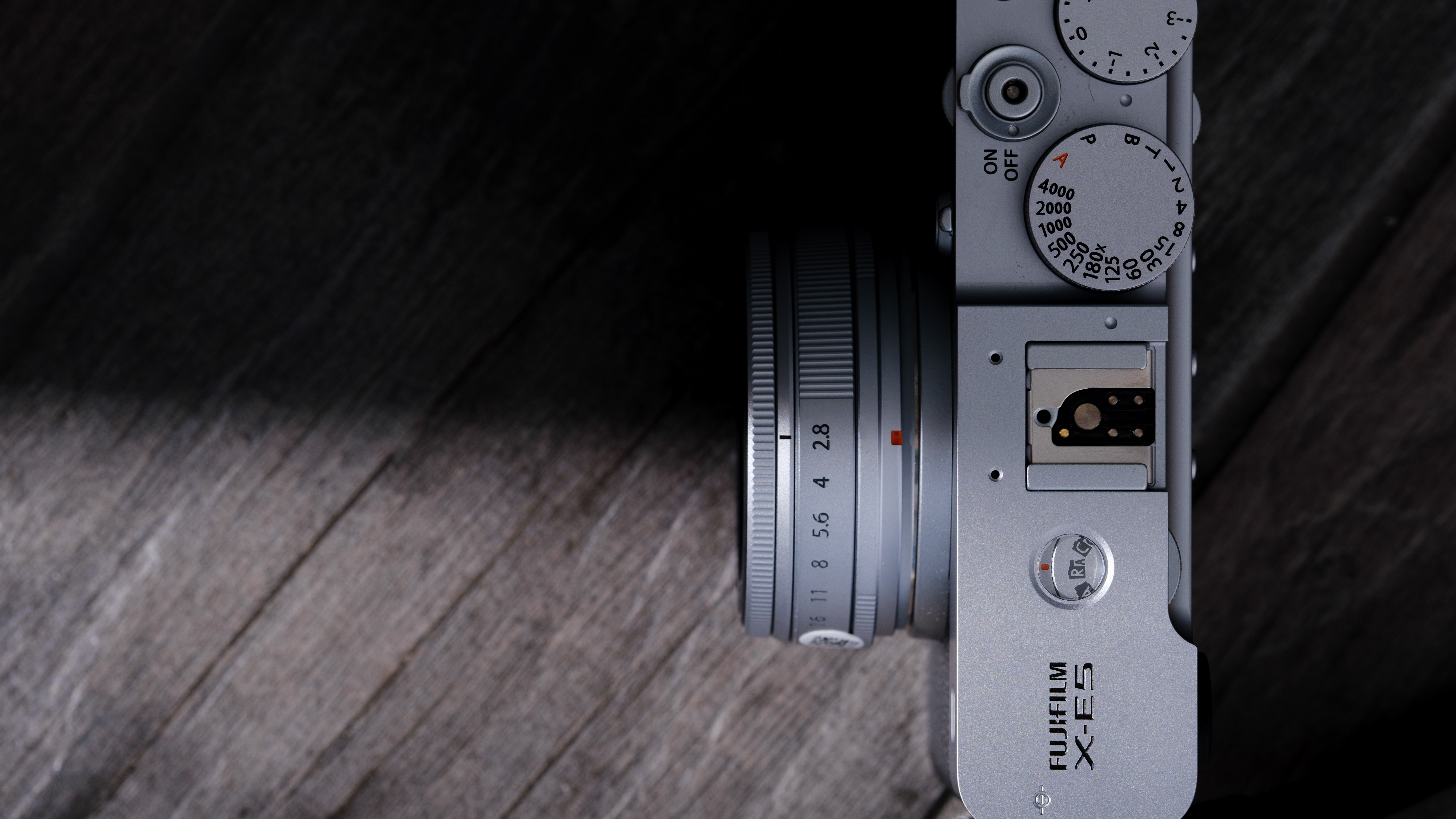
Don't you just love a good second act? There’s something so inspiring about watching someone switch career paths and find their true calling. And it's incredible to think that some of the biggest names in photography didn’t start out behind the lens at all.
So if you’re reading this while juggling another job, or wondering if it’s too late to take photography seriously, we can all take encouragement from their example. Not least because their previous occupations gave them unique perspectives – and that’s part of what made their work so powerful.
Music and modelling
Take Ansel Adams (1902-1984), the man who gave us those epic black-and-white landscapes of the American West that still inspire photographers today. Originally, though, he trained as a concert pianist and was completely devoted to music. Photography was just a hobby until, in 1930, he decided to make it his main focus.
Crucially, that discipline from his music days never left him. You can see it in his precise technique, in his development of the Zone System, and in his obsession with tonal perfection. His background in one artform directly fed into another.
Then there’s Lee Miller (1907-1977), whose story was recently brought to life in Lee – a hit film starring Kate Winslet. Before becoming one of the 20th century’s most important photographers, Miller worked as a fashion model in New York and Paris posing for legends like Edward Steichen and Cecil Beaton.
Modelling taught her how light, angles and expression worked, and she brought that knowledge behind the camera. Her 1937 image, Portrait of Space, taken in Egypt's Siwa Oasis, remains one of the defining images of 20th-century photography.
Later, as of the few accredited female photojournalists of the Second World War, she documented the liberation of Europe, capturing images that still resonate today.
The best camera deals, reviews, product advice, and unmissable photography news, direct to your inbox!

Economics and science
What’s striking about these photographers is that their earlier experiences weren’t setbacks; they were strengths. Having a first career helped them build skills, resilience and worldliness that shaped how they saw and captured life with a camera. Sebastião Salgado (1944-2025), who passed away this May, was another prime example of this dynamic.
The Brazilian photographer, known for vast, humanist projects, originally trained as an economist. He worked for the International Coffee Organization and travelled through Africa for the World Bank, before switching to photography in 1973.
Those years in economics gave him rare insight into global systems, labor and migration. So when he later photographed miners or displaced communities, he wasn’t just making powerful images: he was documenting the human side of forces he understood deeply.
Then there’s Margaret Bourke-White (1904-1971), one of the most pioneering women in photography history. Before becoming Life magazine’s first female staff photographer, she studied herpetology (yes, reptiles!) at Columbia University and planned to become a scientist.
That scientific training shaped her photography. Bourke-White approached her subjects with careful precision, whether she was capturing Soviet factories, Gandhi at his spinning wheel or the battlefields of World War Two. She combined artistry with a methodical eye, documenting history as it unfolded.

What this means for you
Here's the obvious lesson from all of this: if you want to be a professional photographer but are working another job right now, don’t think of your current career as wasted time. It’s all fuel. Every skill, every experience, every weird office story will eventually feed your creative eye.
Because let's be frank: the world doesn’t just need photographers who’ve done nothing but photography. It needs people who’ve lived other lives – teachers, chefs, nurses, engineers, builders. People who can show us new corners of human experience.
So, if you’re thinking about making the leap, take heart. Age doesn’t matter. And your first career isn’t a detour; it’s your foundation. Use it.
You might also like...
If you're looking at taking the leap, check out the best professional cameras.
Tom May is a freelance writer and editor specializing in art, photography, design and travel. He has been editor of Professional Photography magazine, associate editor at Creative Bloq, and deputy editor at net magazine. He has also worked for a wide range of mainstream titles including The Sun, Radio Times, NME, T3, Heat, Company and Bella.
You must confirm your public display name before commenting
Please logout and then login again, you will then be prompted to enter your display name.

